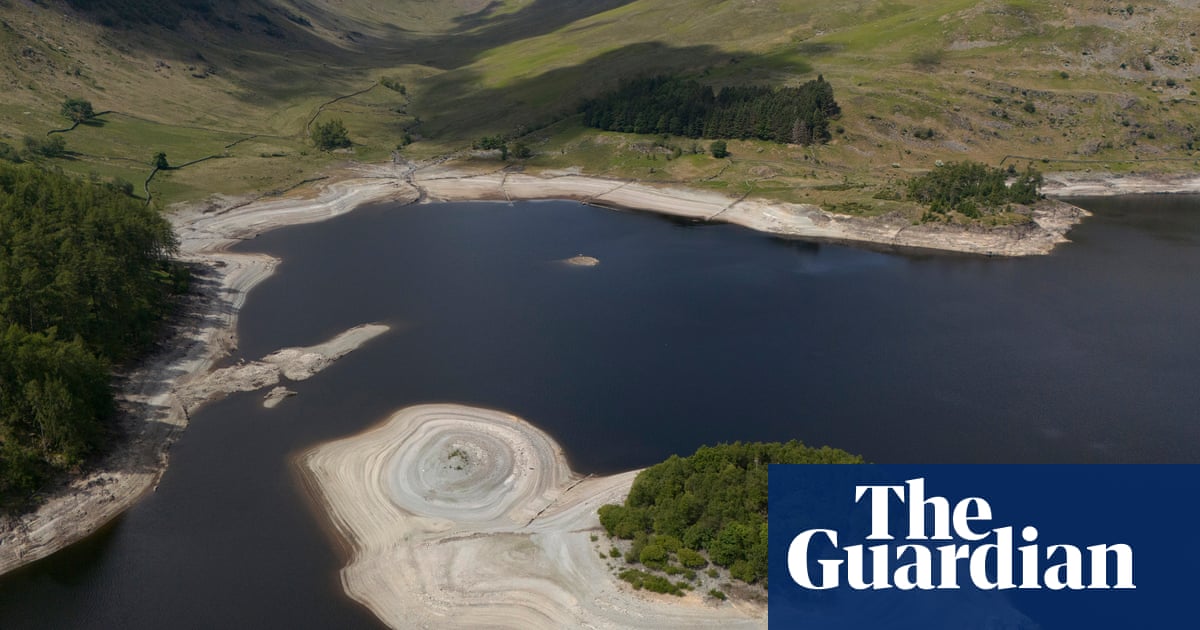The government has ordered the building of two reservoirs, the first to be built inEnglandfor more than 30 years.
The lack of reservoir capacity, combined with a rising population and drier summers caused by climate breakdown, has put the country at risk of water shortages. The governmentwarned in recent weeksof an impending drought if there was not significant rainfall soon, and reservoirs have been reaching worryingly low levels.
The environment minister, Steve Reed, has awarded the status of “nationally significant” to two new reservoir projects in East Anglia andLincolnshireand ordered that they go ahead. These will be the first to be built since 1992.
The government said this would shore up water resources for more than 750,000 homes in England’s most water-stressed areas.
Without more capacity, the UK will be at risk of running out of water in the medium term. The Environment Agency has predicted a shortfall of almost 5bn litres a day by 2050.
The water minister, Emma Hardy, said: “Today we are backing the builders not the blockers, intervening in the national interest and slashing red tape to make the planning process faster to unblock nine new reservoirs. This government will secure our water supply for future generations and unlock the building of thousands of homes as part of the plan for change.”
The building of thousands of homes in the areas to be served by the reservoirs is being held up as there is not thewater supply to sustain them.
AnglianWateris proposing to build Lincolnshire reservoir to the south of Sleaford, which should be working by 2040. It has partnered with Cambridge Water to propose the Fens reservoir, located between the towns of Chatteris and March, to be completed in 2036.
Lincolnshire reservoir would provide up to 166m litres of water a day for up to 500,000 homes, and the Fens reservoir would supply a much-needed 87m litres to 250,000 homes in the driest region of the UK. The projects will now progress to consultation phase.
Sign up toDown to Earth
The planet's most important stories. Get all the week's environment news - the good, the bad and the essential
after newsletter promotion
David Black, the chief executive of Ofwat, said: “We welcome the clear focus the government is placing upon accelerating the delivery of supply and resilience schemes that will meet our future water needs and support economic growth. Alongside the £2bn of development funding announced at our 2024 price review, this will help us to deliver the largest programme of major water infrastructure projects – including nine new reservoirs – seen in decades.”
The other seven new reservoirs planned to be built by 2050 will be in Oxfordshire, Somerset, Suffolk, Kent, East Sussex, the West Midlands and Somerset.
